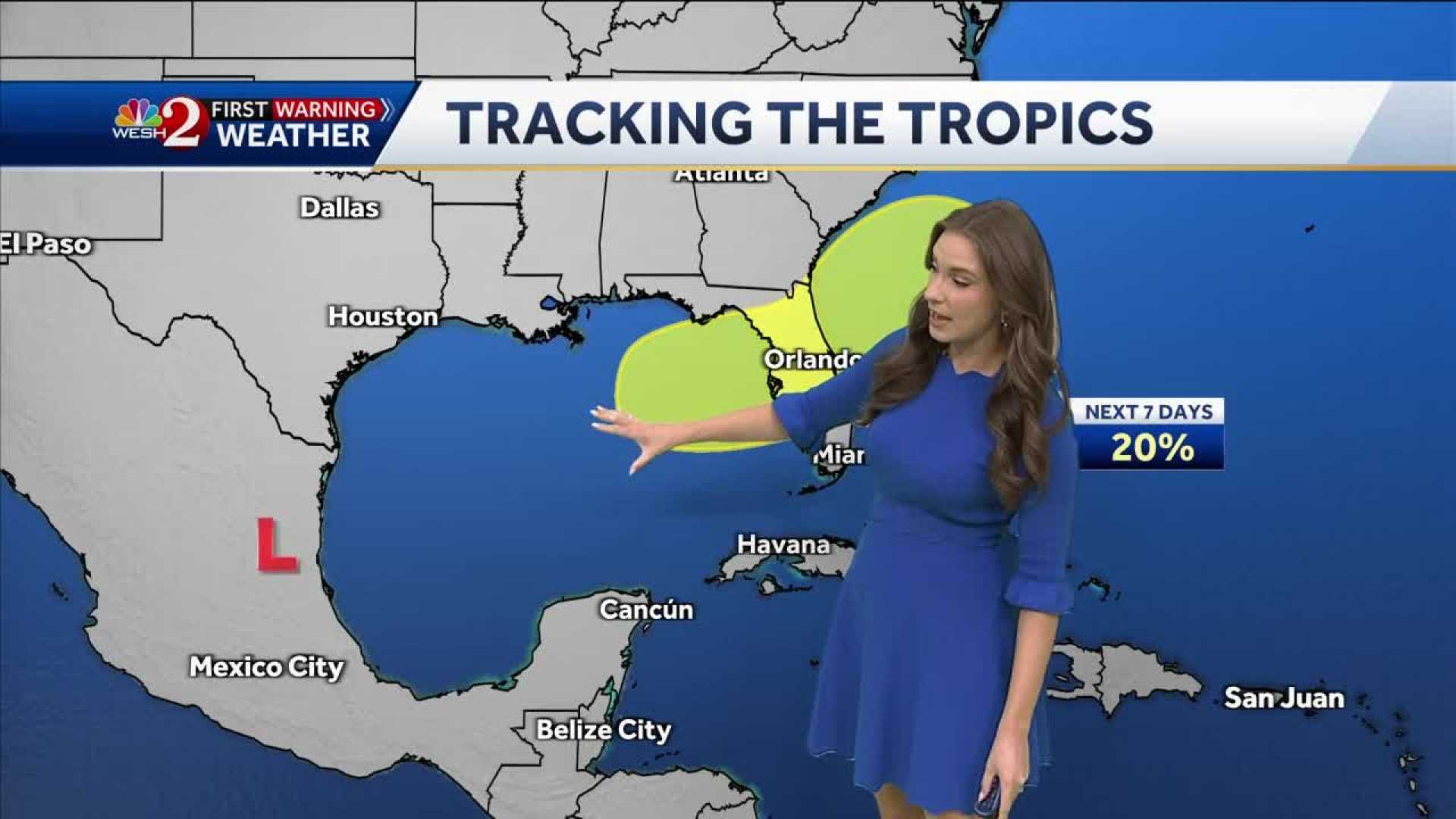Tropical Storm Barry Forms, No Threat to US Coast

Jacksonville, Florida — Tropical Storm Barry has formed over the Bay of Campeche as a disorganized system that emerged off the Yucatan Peninsula on June 29, 2025. The National Hurricane Center reported that the tropical depression was upgraded to a storm on Friday night.
Despite its designation, forecasters expect Barry to remain weak upon landfall on the east coast of Mexico later this weekend. Hurricane hunter aircraft have struggled to establish a consistent circulation around the storm, indicating that Barry is not likely to strengthen significantly. Meteorologists predict quick dissipation once the storm moves inland.
Officials confirm that there will be no impacts from Barry on the U.S. Lower 48. The Atlantic hurricane season runs from June 1 through November 30, and currently, the Basin is quiet aside from Barry.
Looking ahead, the potential for development looms in the Northern Gulf later this week. A weak upper-level trough could trigger low-pressure systems near Florida. The National Hurricane Center has highlighted an area of low development chance in their morning update.
“Conditions are likely to be slow and weak,” said a meteorologist, “but enhanced rainfall is on the way, especially late this week through the July 4 weekend.” Meteorological models suggest heavy rain and potential flooding could affect parts of Florida during this period.
The presence of Saharan dust, which typically peaks in June and July, could also impact tropical cyclone development in the Atlantic. However, the National Oceanic and Atmospheric Administration maintains that these dust plumes often do not prevent storms from forming when other conditions align favorably.
“It’s important to stay informed,” the meteorologist added, mentioning free alerts and updates available for residents in affected areas. “As always, prepare for local weather changes.”
The World Meteorological Organization names storms in alphabetical order, with Barry being the second name on the 2025 list. This tradition has been consistent since 1953, although names of significant storms are retired after their occurrence.
